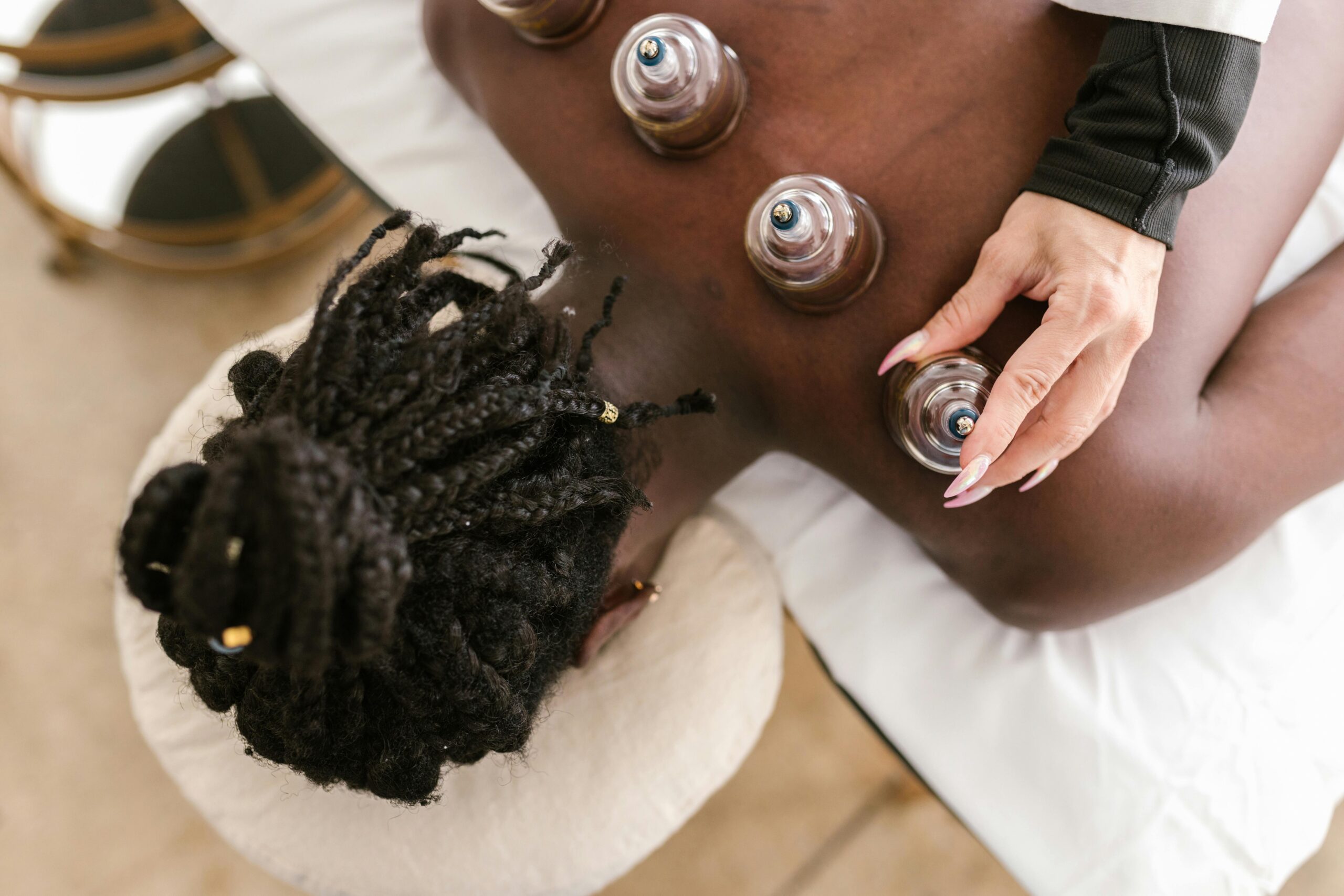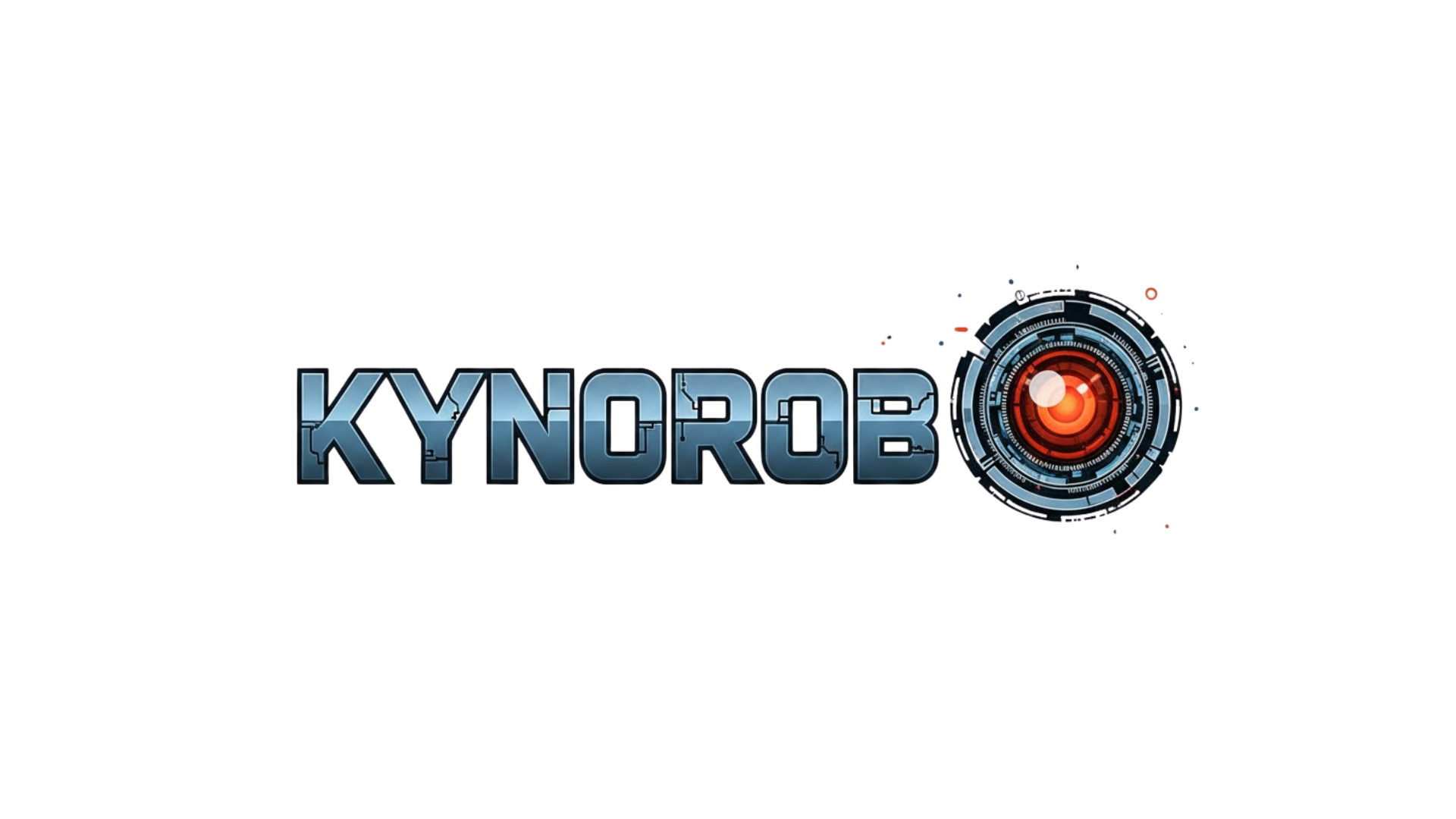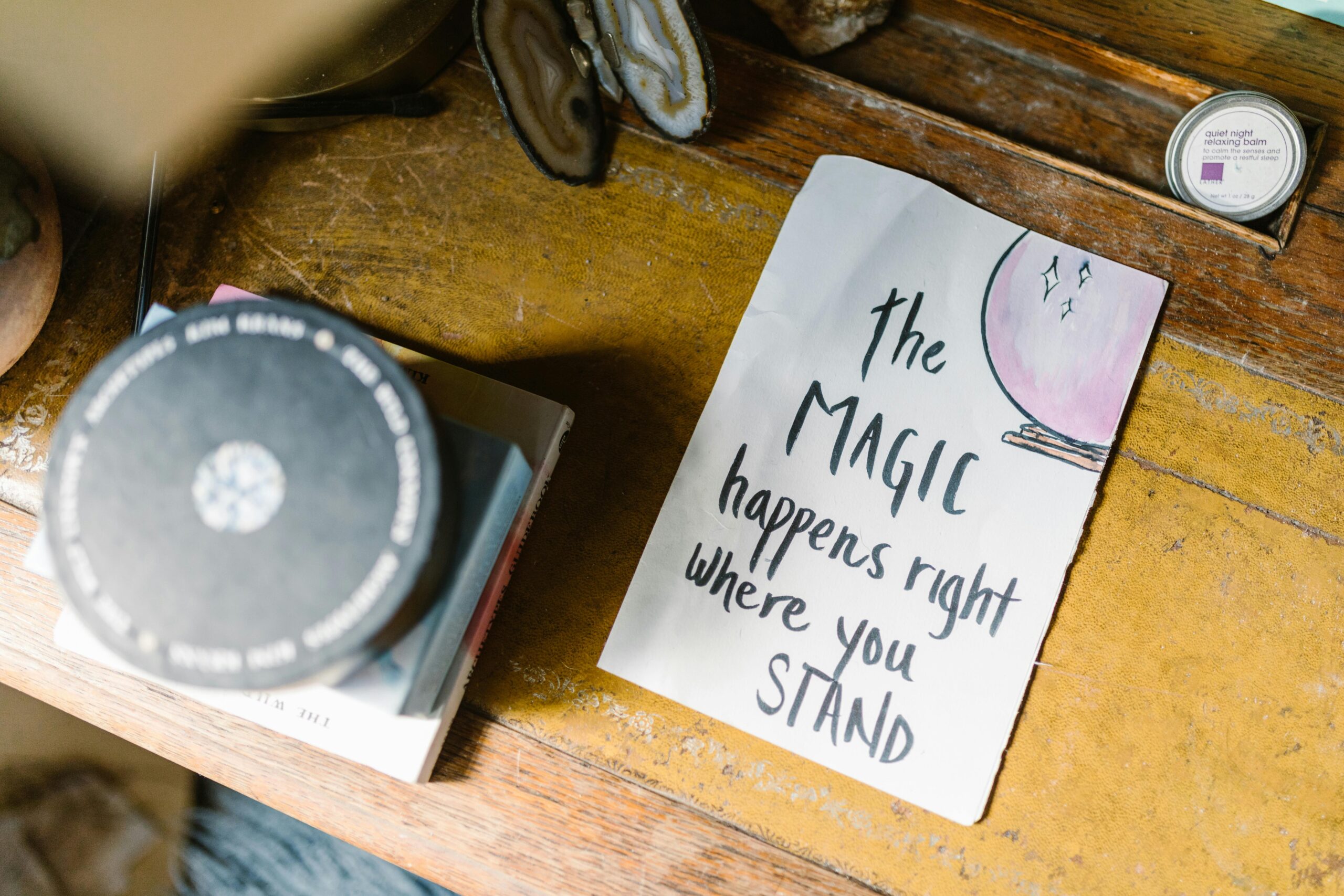Ancient healing practices using human touch continue to transform modern wellness, bridging centuries-old wisdom with contemporary health needs through powerful hands-on therapeutic traditions.
✨ The Timeless Wisdom of Touch-Based Healing
Throughout human history, the power of touch has been recognized as one of the most fundamental forms of healing. Long before modern medicine emerged, healers across cultures understood that hands could channel energy, release tension, and restore balance to the body and mind. These traditions have survived millennia not through blind faith, but because they consistently produced tangible results that people could feel and experience.
Today’s wellness revolution has reignited interest in these hands-on traditions. As people seek alternatives to pharmaceutical interventions and impersonal healthcare, therapeutic touch modalities offer a deeply human approach to healing. From reiki to reflexology, from craniosacral therapy to traditional massage, these practices share a common thread: the intentional use of human contact to promote physical, emotional, and energetic well-being.
The scientific community has begun validating what practitioners have known intuitively for generations. Research demonstrates that therapeutic touch triggers measurable physiological responses: reduced cortisol levels, lowered blood pressure, enhanced immune function, and increased production of endorphins and oxytocin. These biochemical changes explain why hands-on healing feels so profoundly therapeutic.
🌍 Global Traditions of Hands-On Healing
Every culture has developed unique approaches to hands-on healing, each reflecting local philosophies about health, energy, and the human body. These diverse traditions offer a rich tapestry of techniques and perspectives that complement and enrich one another.
Eastern Healing Modalities
Traditional Chinese Medicine includes Tui Na, a therapeutic massage system that manipulates acupressure points and meridians to balance qi energy throughout the body. Practitioners use rhythmic compression, stretching, and joint mobilization to address both acute and chronic conditions. This ancient practice dates back over 2,000 years and remains a cornerstone of holistic health in Asia.
Ayurvedic traditions from India offer Abhyanga, a warm oil massage that pacifies doshas and eliminates toxins from tissues. This practice combines specific strokes with herbal-infused oils chosen for individual constitutional types, creating personalized healing experiences that address root imbalances rather than surface symptoms.
Japanese Shiatsu applies finger pressure to specific points along energy channels, promoting the free flow of ki throughout the body. This clothed massage style combines ancient wisdom with modern anatomical understanding, providing relief for conditions ranging from digestive issues to emotional stress.
Indigenous and Traditional Practices
Native American healing traditions include hands-on techniques passed through generations of medicine people. These practices often integrate touch with ceremony, herbs, and spiritual connection, viewing healing as restoration of harmony between individual, community, and natural world.
Hawaiian Lomilomi massage embodies the aloha spirit through flowing, dance-like movements that work muscles deeply while honoring the body as sacred. Practitioners often pray before sessions, recognizing their role as channels for healing energy rather than its source.
African healing traditions incorporate therapeutic touch within broader ceremonies that address physical, social, and spiritual dimensions simultaneously. These holistic approaches recognize that true wellness requires balance across all life aspects.
🔬 Understanding the Science Behind Therapeutic Touch
Modern research has illuminated the mechanisms through which hands-on healing produces therapeutic effects. These findings validate traditional practices while revealing fascinating insights about human physiology and consciousness.
The vagus nerve, which extends from the brainstem throughout the body, plays a crucial role in the relaxation response triggered by therapeutic touch. When stimulated through gentle pressure and rhythmic movement, this nerve activates the parasympathetic nervous system, shifting the body from stress mode to rest-and-digest mode. This physiological shift allows healing processes to function optimally.
Fascia, the connective tissue network enveloping every structure in the body, responds dramatically to skilled touch. Manual manipulation releases restrictions in fascial tissues, improving circulation, reducing pain, and restoring mobility. Recent discoveries about fascial communication networks suggest this tissue may serve as a body-wide sensory organ, potentially explaining how localized touch produces systemic effects.
Biofield theories propose that living organisms generate electromagnetic fields that extend beyond the physical body. Hands-on healing may work partly by influencing these subtle energy fields, promoting coherence and balance at levels not yet fully measurable by conventional instruments. While controversial, this area of research continues producing intriguing results.
💆 Core Hands-On Healing Modalities
Understanding the major therapeutic touch traditions helps individuals choose approaches aligned with their specific needs and preferences. Each modality offers unique benefits and addresses wellness from different angles.
Massage Therapy Styles
Swedish massage remains the foundation of Western bodywork, using five basic strokes to manipulate superficial muscle layers. This gentle approach improves circulation, reduces muscle tension, and promotes overall relaxation, making it ideal for stress management and general wellness maintenance.
Deep tissue massage targets chronic tension patterns in deeper muscle and fascia layers. Using slower strokes and more intense pressure, practitioners release adhesions that limit movement and cause pain. This therapeutic approach benefits athletes, people with chronic pain conditions, and those recovering from injuries.
Trigger point therapy addresses hyperirritable spots in muscles that refer pain to other body areas. By applying sustained pressure to these points, practitioners deactivate pain cycles and restore normal muscle function. This focused technique effectively treats headaches, back pain, and many musculoskeletal complaints.
Energy-Based Practices
Reiki channels universal life force energy through the practitioner’s hands to the recipient, promoting healing on physical, emotional, mental, and spiritual levels. This Japanese technique requires no manipulation or pressure; practitioners simply place hands in specific positions, allowing energy to flow where needed. Many people experience profound relaxation and emotional release during sessions.
Healing Touch, developed by nurses, integrates various energy techniques within a framework compatible with conventional healthcare settings. Practitioners assess and influence the human energy field to support healing, reduce pain, and ease anxiety. This modality has gained acceptance in hospitals and clinics worldwide.
Polarity Therapy balances the electromagnetic energy currents flowing through the body by working with positive, negative, and neutral energy poles. This comprehensive system includes bodywork, diet, exercise, and self-awareness practices, offering a complete path to wellness.
Specialized Therapeutic Approaches
Craniosacral therapy uses extremely light touch to release restrictions in the craniosacral system—the membranes and fluid surrounding the brain and spinal cord. This gentle approach addresses conditions from migraines to TMJ dysfunction, working with the body’s natural healing wisdom rather than forcing changes.
Reflexology applies pressure to specific points on feet, hands, and ears that correspond to body organs and systems. This practice stimulates healing responses in corresponding areas, providing a non-invasive way to support overall health. Many people find reflexology sessions both therapeutic and deeply relaxing.
Myofascial release addresses restrictions in the fascial system through sustained pressure and stretching. Practitioners follow the body’s responses, allowing tissues to release at their own pace. This patient-centered approach effectively treats chronic pain, postural problems, and movement restrictions.
🏥 Integrating Hands-On Healing with Modern Healthcare
Progressive healthcare systems increasingly recognize the value of incorporating therapeutic touch into comprehensive treatment plans. This integration creates synergies between conventional and complementary approaches, offering patients the best of both worlds.
Hospital massage programs bring therapeutic touch to patients undergoing surgery, cancer treatment, and management of chronic conditions. Research demonstrates that massage reduces pain medication requirements, shortens hospital stays, and improves patient satisfaction scores. These outcomes have convinced administrators that hands-on healing delivers measurable value.
Integrative medicine centers combine conventional doctors with massage therapists, acupuncturists, energy healers, and other touch therapy practitioners under one roof. This team approach allows personalized treatment plans that address each patient’s unique needs from multiple angles simultaneously.
Palliative care and hospice programs extensively utilize therapeutic touch to ease physical discomfort, reduce anxiety, and provide human connection during life’s final stages. The gentle, non-invasive nature of these modalities offers comfort when aggressive treatments no longer serve patients’ best interests.
🌟 Self-Care Applications of Touch-Based Techniques
While professional practitioners offer specialized expertise, individuals can learn simplified versions of many hands-on healing techniques for personal wellness maintenance and family care.
Self-massage practices provide accessible tools for managing stress, reducing muscle tension, and promoting relaxation without requiring appointments or significant expense. Simple techniques like massaging the temples during headaches, kneading tight shoulders, or applying pressure to hand reflexology points can provide meaningful relief.
Partner massage allows couples and family members to support each other’s wellness while deepening emotional bonds. Learning basic techniques creates opportunities for nurturing touch that benefits both giver and receiver. Many people find that offering massage generates feelings of connection and purpose as rewarding as receiving it.
Self-healing practices like hand placement meditation combine therapeutic touch principles with mindfulness. By placing hands on different body areas while breathing consciously and setting healing intentions, individuals can activate their innate self-healing capacities.
🎯 Choosing the Right Approach for Your Needs
With numerous hands-on healing traditions available, selecting appropriate modalities requires consideration of personal goals, health conditions, preferences, and practical factors.
For stress reduction and general wellness maintenance, gentle approaches like Swedish massage, reflexology, or reiki often work beautifully. These modalities promote deep relaxation without intense discomfort, making them suitable for regular sessions focused on prevention rather than treatment.
Chronic pain conditions typically benefit from more therapeutic techniques like deep tissue massage, trigger point therapy, or myofascial release. These approaches address underlying tissue restrictions and dysfunction that perpetuate pain cycles, though they may involve temporary discomfort as restrictions release.
Emotional and energetic imbalances often respond well to subtle energy work like reiki, healing touch, or craniosacral therapy. These gentle modalities address disturbances at energetic levels that may not show up on conventional medical tests but significantly impact wellbeing.
Consultation with qualified practitioners helps clarify which approaches suit individual situations. Reputable practitioners assess each person’s unique circumstances and recommend appropriate techniques rather than assuming one modality fits all needs.
👐 Training and Certification Considerations
The quality of hands-on healing experiences depends heavily on practitioner training, skill, and ethical standards. Understanding credentialing helps consumers make informed choices.
Massage therapy requires formal education and licensing in most jurisdictions. Programs typically include anatomy, physiology, pathology, ethics, and extensive hands-on practice. Licensed massage therapists must pass certification exams and maintain continuing education requirements.
Energy healing certifications vary considerably in rigor and standardization. Reputable programs include substantial training hours, mentored practice, ethical guidelines, and competency assessment. However, minimal regulation in many areas means credentials require careful evaluation.
Professional associations like the American Massage Therapy Association, the International Association of Reiki Professionals, and specialty organization provide practitioner directories, ethical standards, and consumer education resources. Membership in recognized professional bodies indicates commitment to high practice standards.
💡 Creating Your Personal Healing Touch Practice
Incorporating hands-on healing into regular self-care routines amplifies wellness benefits and creates sustainable health practices that serve you throughout life.
Establishing a consistent schedule for professional sessions, whether monthly massages or quarterly energy work, provides regular maintenance that prevents small issues from becoming chronic problems. This preventive approach to wellness proves more effective and economical than crisis-driven interventions.
Learning basic techniques for home practice extends healing benefits between professional sessions. Many practitioners offer instruction in self-care applications or recommend classes where individuals can develop practical skills for personal and family wellness.
Creating a healing environment at home supports therapeutic practices. Simple elements like comfortable surfaces, pleasant aromas, soothing music, and dedicated time free from interruptions enhance the effectiveness of self-care practices and home sessions with family members.
🌱 The Future of Hands-On Healing
As healthcare evolves toward more personalized, holistic approaches, hands-on healing traditions are positioned to play increasingly important roles in comprehensive wellness systems.
Research continues revealing mechanisms underlying therapeutic touch effects, strengthening evidence bases that support integration with conventional care. Advances in biofield measurement, fascia science, and mind-body medicine illuminate connections between ancient practices and modern understanding.
Technology creates new opportunities for education and access. Virtual training programs expand learning opportunities for aspiring practitioners. Telehealth platforms enable consultations where practitioners teach self-care techniques to distant clients. However, the essentially human nature of therapeutic touch ensures that technology complements rather than replaces direct contact.
Cultural exchange enriches the healing touch landscape as practitioners blend techniques from multiple traditions, creating innovative approaches that honor ancestral wisdom while addressing contemporary needs. This cross-pollination generates creative solutions to modern health challenges.

🤝 Embracing Touch as Essential Medicine
Modern life increasingly isolates individuals from healing human contact. Therapeutic touch traditions counter this isolation, meeting fundamental human needs for connection, compassion, and caring presence alongside their specific physiological effects.
The therapeutic relationship itself—the trust, attention, and safe space created between practitioner and client—contributes substantially to healing outcomes. This relational dimension distinguishes hands-on healing from purely mechanical interventions, engaging dimensions of human experience that conventional medicine often overlooks.
Integrating therapeutic touch into wellness routines represents more than adding another treatment modality. It reflects a philosophical commitment to healthcare that honors body wisdom, recognizes healing as partnership rather than intervention, and values practices that nourish spirit alongside soma.
Whether receiving professional treatments or practicing self-care techniques, engaging with hands-on healing traditions connects individuals with timeless wisdom about health, balance, and human potential. These practices offer pathways to wellness that feel deeply right because they align with how humans have healed and supported each other throughout our entire existence.
The power of healing touch lies not in mysterious forces but in fundamental truths about human nature—our capacity for connection, our responsiveness to compassionate attention, and our inherent drive toward wholeness and balance. By embracing these traditions, we access resources for wellness that have sustained humanity across cultures and centuries, resources that remain as relevant and powerful today as when our ancestors first discovered the healing magic within their own hands. 🌿
Toni Santos is an energy-medicine researcher and subtle-science writer exploring how bio-fields, chakra systems, and frequency therapies shape healing and evolution. Through his investigations into sound medicine, field coherence and energetic design, Toni examines how the invisible dimensions of being become the foundation for presence, transformation and wholeness. Passionate about subtle anatomy, resonance and therapeutic frequency, Toni focuses on how vibration, field awareness and holistic design influence the human system. His work highlights the intersection of science, consciousness, and healing — guiding readers toward living in alignment, resonance and depth. Blending energy medicine, sound healing and field psychophysiology, Toni writes about the landscape of subtle reality — helping readers understand how they inhabit, interact with and expand their energetic fields. His work is a tribute to: The architecture of bio-fields and their role in human vitality The interplay of chakra science, frequency healing and conscious embodiment The vision of subtle medicine as coherent, embodied and whole Whether you are a practitioner, researcher or intuitive explorer, Toni Santos invites you to move into the field of possibility — one vibration, one center, one healing at a time.




